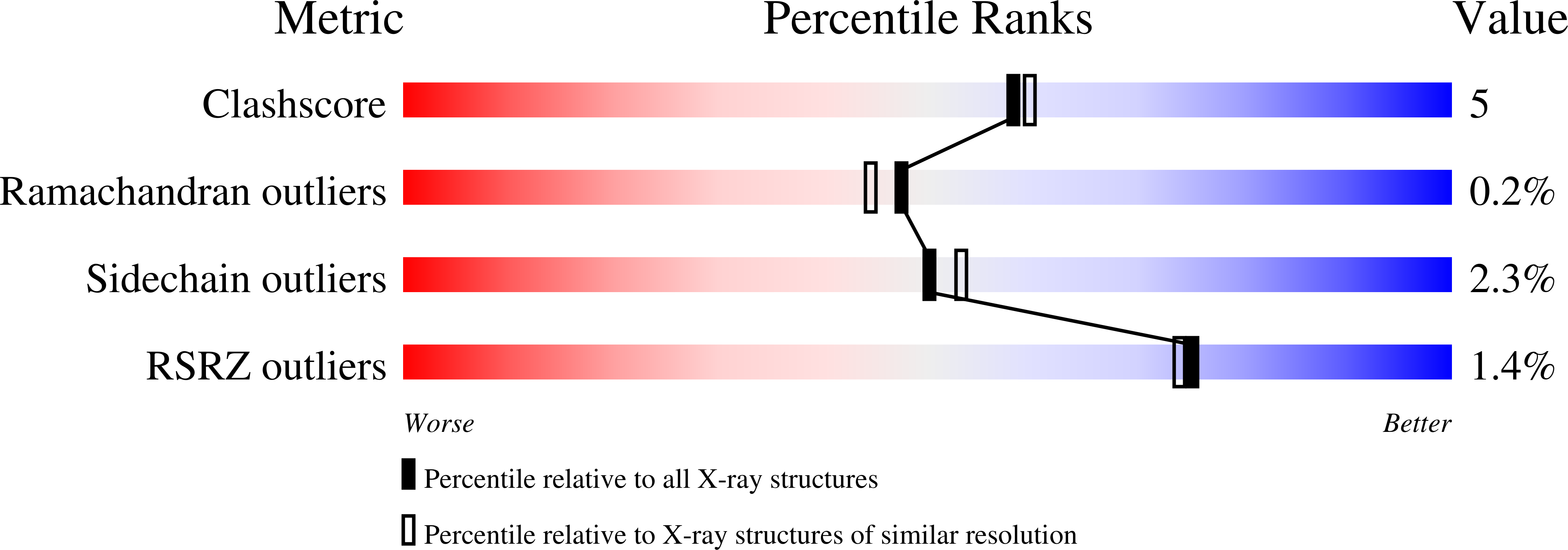N-Acetylglucosamine Recognition by a Family 32 Carbohydrate-Binding Module from Clostridium Perfringens Nagh.
Ficko-Blean, E., Boraston, A.B.(2009) J Mol Biol 390: 208
- PubMed: 19422833
- DOI: https://doi.org/10.1016/j.jmb.2009.04.066
- Primary Citation of Related Structures:
2W1Q, 2W1S, 2W1U, 2WDB - PubMed Abstract:
Many carbohydrate-active enzymes have complex architectures comprising multiple modules that may be involved in catalysis, carbohydrate binding, or protein-protein interactions. Carbohydrate-binding modules (CBMs) are a common ancillary module whose function is to promote the adherence of the complete enzyme to carbohydrate substrates. CBM family 32 has been proposed to be one of the most diverse CBM families classified to date, yet all of the structurally characterized CBM32s thus far recognize galactose-based ligands. Here, we report a unique binding specificity and mode of ligand binding for a family 32 CBM. NagHCBM32-2 is one of four CBM32 modules in NagH, a family 84 glycoside hydrolase secreted by Clostridium perfringens. NagHCBM32-2 has the beta-sandwich scaffold common to members of the family; however, its specificity for N-acetylglucosamine is unusual among CBMs. X-ray crystallographic analysis of the module at resolutions from 1.45 to 2.0 A and in complex with disaccharides reveals that its mode of sugar recognition is quite different from that observed for galactose-specific CBM32s. This study continues to unravel the diversity of CBMs found in family 32 and how these CBMs might impart the carbohydrate-binding specificity to the extracellular glycoside hydrolases in C. perfringens.
Organizational Affiliation:
University of Victoria, BC, Canada.


















